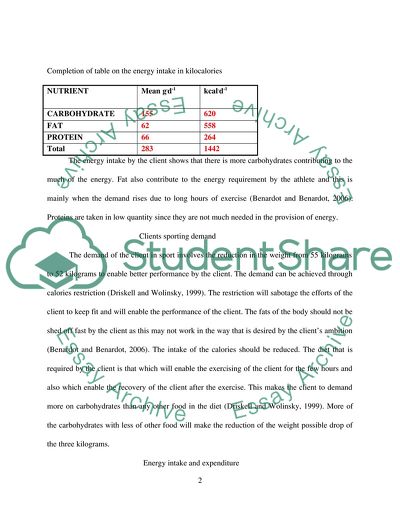Cite this document
(Macroelements, Water, and Electrolytes in Sports Nutrition Research Paper, n.d.)
Macroelements, Water, and Electrolytes in Sports Nutrition Research Paper. Retrieved from https://studentshare.org/sports-and-recreation/1855929-nutrition-scientific-report
Macroelements, Water, and Electrolytes in Sports Nutrition Research Paper. Retrieved from https://studentshare.org/sports-and-recreation/1855929-nutrition-scientific-report
(Macroelements, Water, and Electrolytes in Sports Nutrition Research Paper)
Macroelements, Water, and Electrolytes in Sports Nutrition Research Paper. https://studentshare.org/sports-and-recreation/1855929-nutrition-scientific-report.
Macroelements, Water, and Electrolytes in Sports Nutrition Research Paper. https://studentshare.org/sports-and-recreation/1855929-nutrition-scientific-report.
“Macroelements, Water, and Electrolytes in Sports Nutrition Research Paper”, n.d. https://studentshare.org/sports-and-recreation/1855929-nutrition-scientific-report.


